Rightclick the module source folder, then New moduleinfojava; The Java Platform Module System (JPMS) main goal is to make it easier to construct and maintain Java libraries and large applications You will also experience improved application performance by scaling down the Java SE platform and JDK In a series of five tutorials, Deepak Vohra explains how to use the module system in your applications He walks you through setting Writing Initial Application Without Java Modules Let's write some classes without using the Java modules so we can afterward include the module definitions and see the differences What defines that an application is using Java modules is the presence of moduleinfojava on its source root We'll be creating this later on

Java 9 Modules Journaldev
Java modules tutorial
Java modules tutorial- This page will walk through Java 9 Module Example A Module is a set of packages designed for reuse In Java 9, Java programs are Modules Java Module is the main feature introduced in Java 9 release In Java we have classes, packages and now modules, too Before Java 9 module, Java programs are packagesAn empty module descriptor is created with a default module name as shown here To create a new package, rightclick the src folder, click New, and then click Package Enter the package name (egcomtamanmain) and click OK In the main package folder, create a new class named
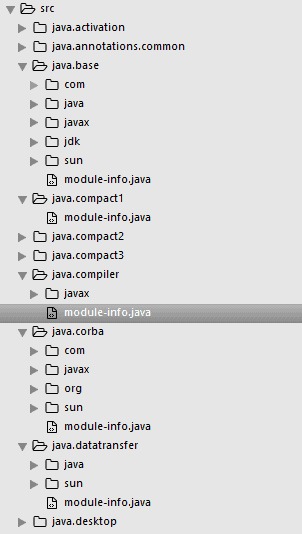



Introduction To Project Jigsaw Baeldung
About Versioning •Two modules with the same package names in them are considered to be different versions of the same module •Two modules with the same name are considered to be two versions of the same module •Concealed package conflicts •When two modules have the same package name in them, but the package is private in both modules, the module systemIn this tutorial, you will learn about modules in JavaScript with the help of examples As our program grows bigger, it may contain many lines of code Instead of putting everything in a single file, you can use modules to separate codes in separate files as per their functionalityJava 9 is the most awaited and is a major feature release of Java programming language This is an introductory tutorial that explains the basictoadvanced features of Java 9 and their usage in a simple and intuitive way Audience This tutorial will be useful for most Java developers, starting from beginners to experts
This is Part 1 of a 2part series where I discuss how to use the Java Module in Mule 4 In Part 1, I go over how to use the New and Invoke operations Stay tClick on the "Run example" button to see how it works We recommend reading this tutorial, in the sequence listed in the left menu Java is an object oriented language and some concepts may be new Take breaks when needed, and go over the examples as many times as needed You can see that Scaffold Hunter depends on the modules javabase (of course), javadesktop (it's a Swing application), javasql (data sets are stored in SQL data bases), and a few others This is followed by the long list of package dependencies, which is a little too much to take in Note that some dependencies are marked as not found, which makes sense as I did not tell
This will be explained in more detail later in this Java modules tutorial Java modules is a new feature in Java 9 via the Java Platform Module System (JPMS) The Java Platform Module System is also sometimes referred to as Java Jigsaw or Project Jigsaw depending on where you read Jigsaw was the internally used project name during developmentThe Java Module System is your indepth guide to creating and using Java modules With detailed examples and easytounderstand diagrams, you'll learn the anatomy of a modular Java application Along the way, you'll master best practices for designing with modules, debugging your modular app, and deploying to productionJava 9 Module System Java Module System is a major change in Java 9 version Java added this feature to collect Java packages and code into a single unit called module In earlier versions of Java, there was no concept of module to create modular Java applications, that why size of application increased and difficult to move around




Stephen Colebourne S Blog Java 9 Modules Jpms Basics



Java Modules
Java's module system brings modularization to Java and the JVM and it changes how we program in the large To get the most out of it, we need to know it well, and the first step is to learn the basics In this tutorial I'll first show you a simple Hello World example and then we'll take an existing demo application and modularize it with Java 9Well organized and easy to understand Web building tutorials with lots of examples of how to use HTML, CSS, JavaScript, SQL, Python, PHP, Bootstrap, Java, XML and more Java modules is another name for JPMS (Java Platform Module System), it was added in JDK 9 under the name Project Jigsaw It allows applications (packaged as JAR or WAR) to define a moduleinfojava This special moduleinfo file contains a set of directives which define its dependencies and which classes are exported for use by other libraries



Howto Work With Java Platform Modules By Denis Makogon Medium



Github Brunocleite Spring Boot Using Java Modules Tutorial On How To Use Spring Boot With Java Modules
Java Tutorial 1 Java Math Module Advanced mathematical computation using Math module in java Math class is available in javalang package and it has two constants and more than 40 static methods to do some advanced mathematical operations easilyThis video covers how to work with Modules in Java 9 using Modular ProgrammingGithub code link https//githubcom/TechPrimers/java9modularexampleWebsiteWeb Modules In the Java EE architecture, web components and static web content files such as images are called web resourcesA web module is the smallest deployable and usable unit of web resources A Java EE web module corresponds to a web application as defined in the Java Servlet specification In addition to web components and web resources, a web module can contain




Tutorial Custom Java Module Tutorial Using Azure Iot Edge Microsoft Docs




Creating A Simple Modular Application In Java 11 Tutorial Packt Hub
Along with Java modules came a slightly different way to compile, package (in JARs) and link (with jlink) Java toolkits and applications In this tutorial I will show you how to compile, package and link a modular Java toolkit or application using Ant To learn more about the Java Platform Module System, see my tutorial about it Java Modules A NetBeans module is a group of Java classes that provides an application with a specific feature You can also create new modules for NetBeans IDE itself For example, you can write modules that make your favorite cuttingedge technologies available to With these changes, maven should be able to build your application using java 9 5 Standard Modules The Java platform has now been divided into many modules (currently, 28 modules in java, 8 modules in javafx, 61 modules in jdk and 2 modules in oracle ), which you can find out by running 6 Sample Java Code




Java Modules Tutorial Howtodoinjava




Java 9 Modules Tutorial Examples Java Code Geeks 21
The use of modules is encouraged but not required, this allows existing code to continue working in Java 9 It also allows for a gradual transition to modular code Any nonmodular code is put in an unnamed module when it is compiled Modules have their own, local toplevel scope and interchange functionality via import/export Modules always use strict Module code is executed only once Exports are created once and shared between importers When we use modules, each module implements the functionality and exports it Then we use import to directly import it where it's needed The The following are some conventions we use to create a module Place all the code related to the module under a directory named mathutil and treat this as our module root directory In the root folder, insert a file named moduleinfojava Place the packages and the code files under the root directory




Java Se 9 Develop And Test Simple Module With Cmd Prompt Part 3 Journaldev




Java 9 Modules Journaldev
Following the steps to create a module say comtutorialspointgreetings Step 1 Create a folder C\>JAVA\src Now create a folder comtutorialspointgreetings which is same as the name of module we're creating Step 2 Create moduleinfojava in C\>JAVA\src\comtutorialspointgreetings folder with following code moduleinfojavaIn this tutorial, we will build an Employee Management System project from scratch using Spring Boot, Spring MVC, Spring Security, Thymeleaf, and MySQL database Spring Boot is an opinionated framework that helps developers build standalone and productiongrade Springbased applications quickly and easily Mother of Java 9 Module System As of now, Java 9 Module System has 95 modules in Early Access JDK Oracle Corp has separated JDK jars and Java SE Specifications into two set of Modules All JDK Modules starts with "jdk*" All Java SE Specifications Modules starts with "java*" Java 9 Module System has a "javabase" Module It's known as Base Module




Java Modules Tutorial Howtodoinjava
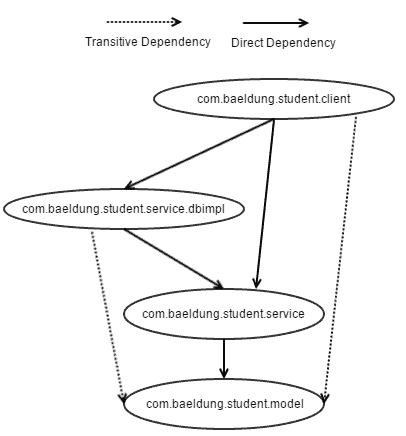



Introduction To Project Jigsaw Baeldung
This tutorial demonstrates how to create a NetBeans module that provides one or more Java hints In this particular scenario, whenever the user types " showMessageDialog", a Java hint will appear, with the reminder that using the NetBeans Debugger Java 9 Modules Multi Module Mode Example In the last tutorial, we saw different compilation modes in Java 9 Multimodule mode can be useful if we are developing multiple modules which are closely related In this mode, we can compile all sub modules at once (by specifying modulesourcepath) instead of compiling individual modulesMainly all modules take key=value arguments, space delimited Some module takes no arguments, and the shell/command modules take the string of the command which you want to execute From playbook, Ansible modules execute in a very similar way, such as name reboot the servers command /sbin/reboot t now




Angular 6 Basics 19 Creating And Using Multiple Modules Youtube
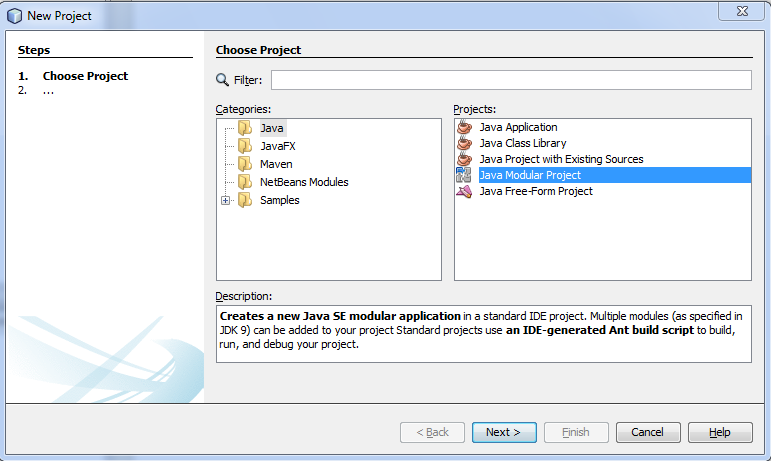



Java Modules Tutorial Howtodoinjava
The directory usually contains some Python modules which are said to be contained in the package The __init__py file is executed before any contained modules are imported In the Java world, a Java package organizes Java classes into a namespace using nested directories Java packages do not require an __init__py file Java modules is another name for JPMS (Java Platform Module System), it was added in JDK 9 under the name Project Jigsaw It allows applications (packaged as JAR or WAR) to define a moduleinfojava Introduction to Java 9 Module A Java 9 Module is a named, selfdescribing collection of Code and Data It's Code is organized as a set of Packages containing types (classes, abstract classes, interfaces, enums etc) It's Data includes resources and other kinds of static information In Simple Terms, A Module = Code Data
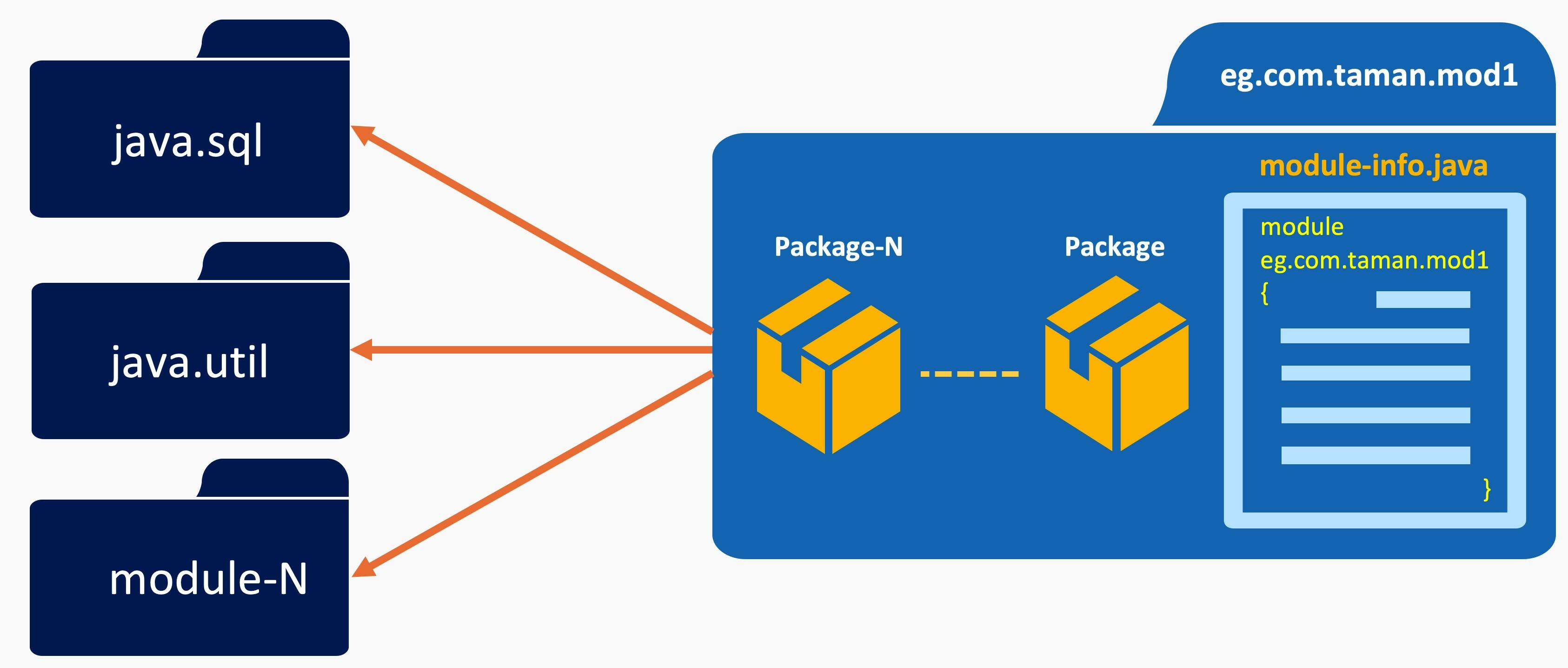



Java 9 Modularity Module Basics And Rules Ibm Developer



Maven How To Create A Multi Module Project Mkyong Com
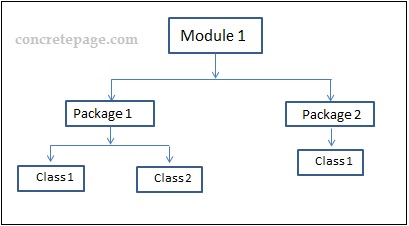



Java 9 Module Example




Working With Multiple Modules In Eclipse Java 9 Modules Java Tutorials
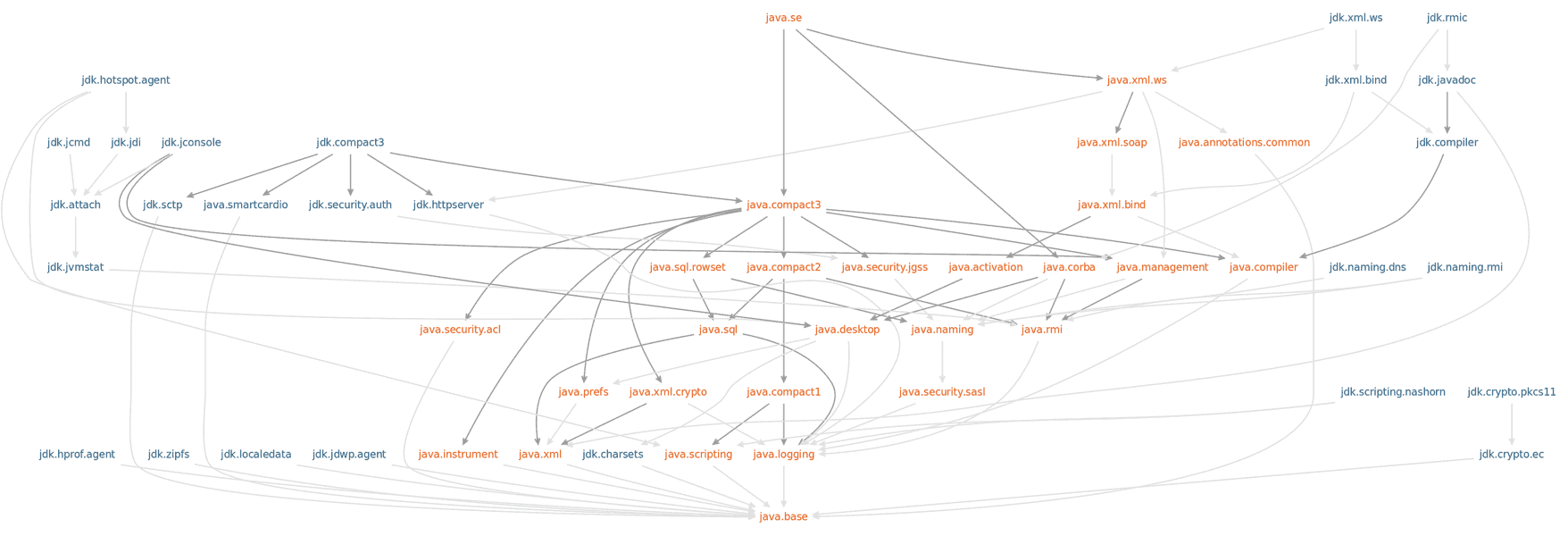



Introduction To Project Jigsaw Baeldung
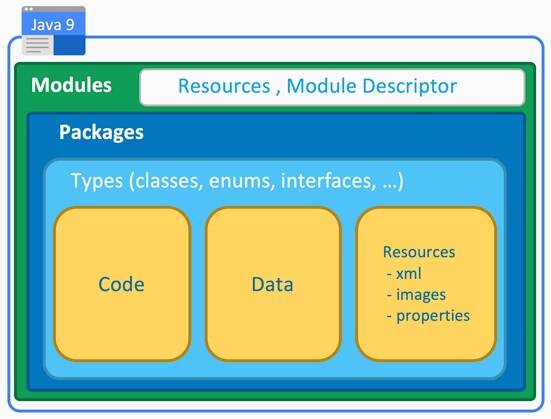



Java 9 Modularity Module Basics And Rules Ibm Developer
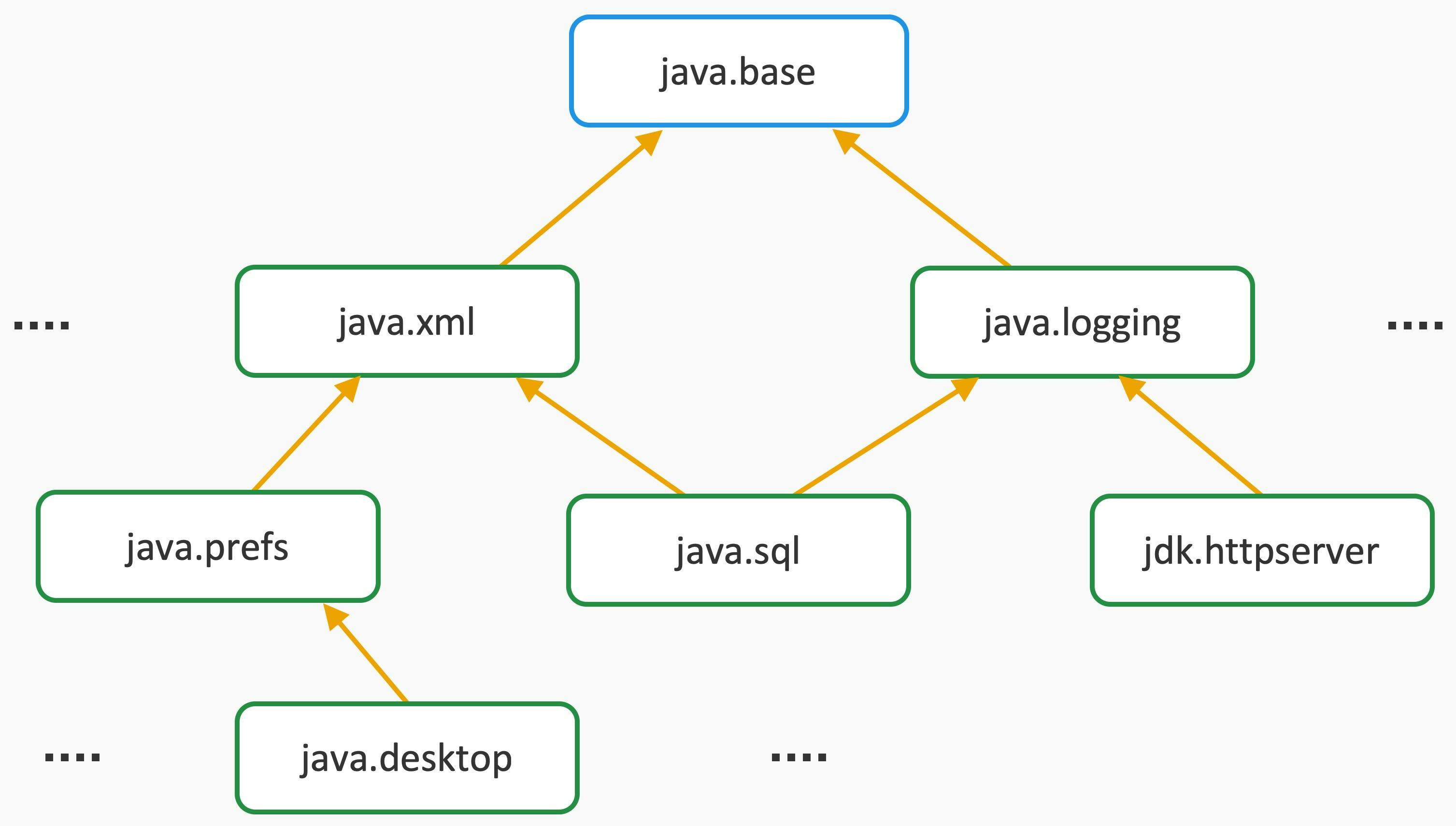



Java 9 Modularity Module Basics And Rules Ibm Developer
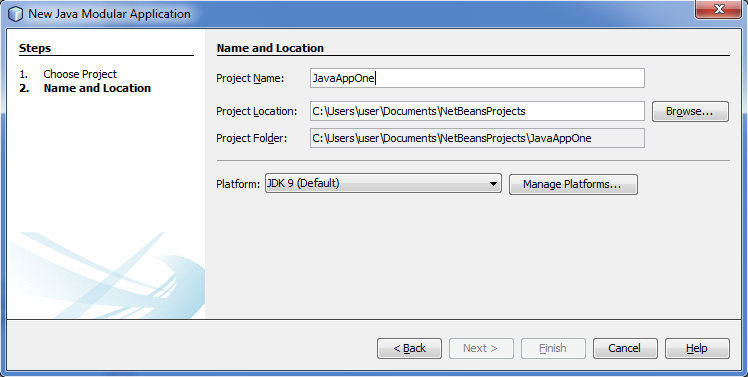



Java Modules Tutorial Howtodoinjava




Java 9 Module System




Understanding Java 9 Modules Gorilla Logic
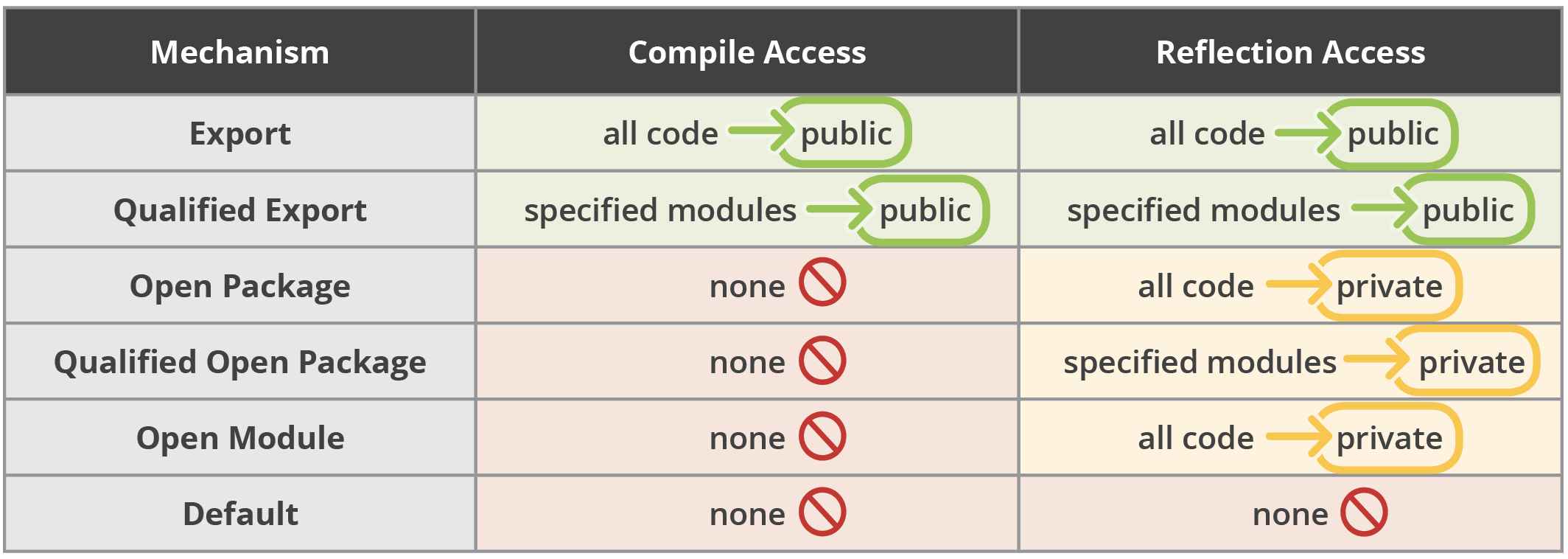



Java 9 Modules Cheat Sheet Jrebel Xrebel By Perforce
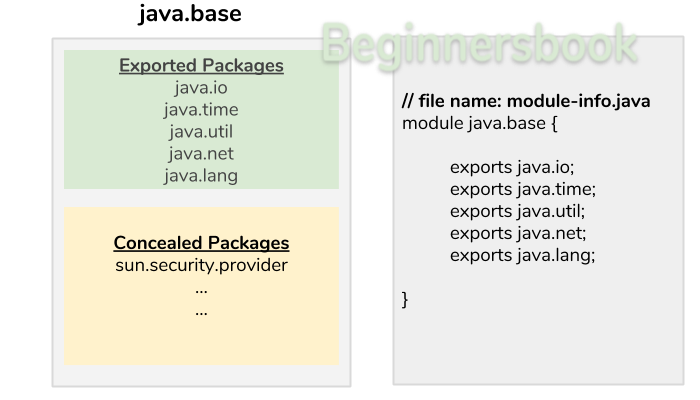



Learn Java 9 Modules In 15 Minutes



Build A Spring Boot Application Using Java Modules Okta Developer
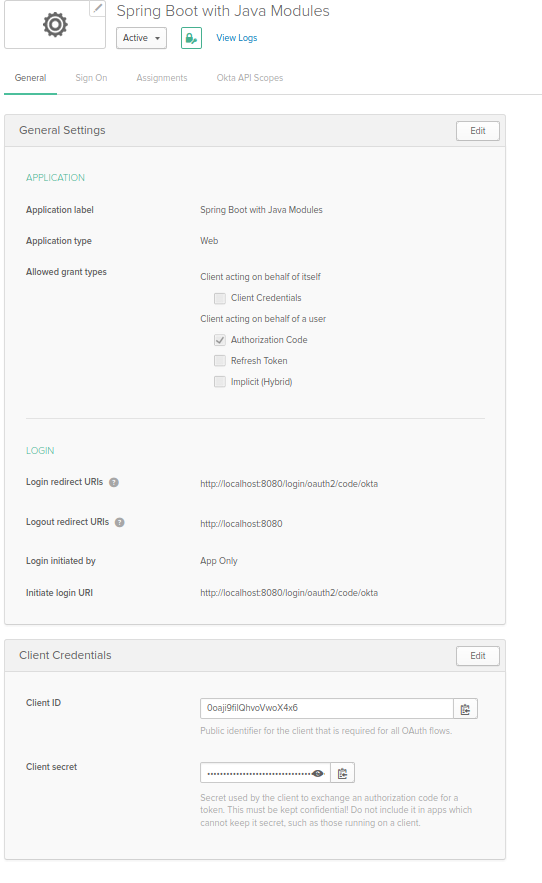



Build A Spring Boot Application Using Java Modules Okta Developer



Github Goxr3plus Java9 Modules Tutorial Simple Module Optional Transitive Cyclic Qualified Exports Module Graph Observable Aggregator Package Naming Conflicts Module Resolution Process




Java 9 Step By Step From Zero To Modules Part 1 Dzone Java




Introduction To Project Jigsaw Baeldung




Support For Java 9 Modules In Intellij Idea 17 1 The Intellij Idea Blog
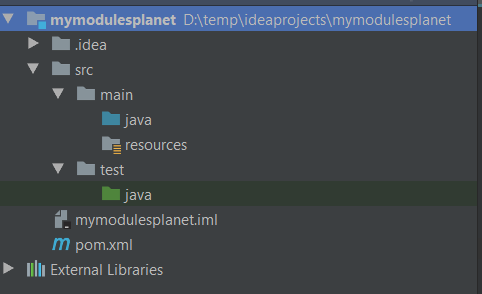



Java 9 Modules Part 2 Intellij And Maven Dzone Java




Github Goxr3plus Java9 Modules Tutorial Simple Module Optional Transitive Cyclic Qualified Exports Module Graph Observable Aggregator Package Naming Conflicts Module Resolution Process



Module Tutorial Alchemy
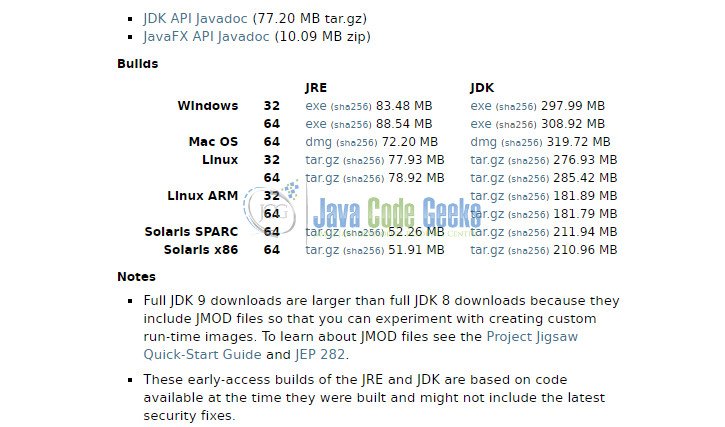



Java 9 Modules Tutorial Examples Java Code Geeks 21




Java Se 9 Module And Module Descriptor Basics Part 2 Journaldev




Java 9 Modules Tutorial Bytestree




Java 9 Modules Tutorial Examples Java Code Geeks 21
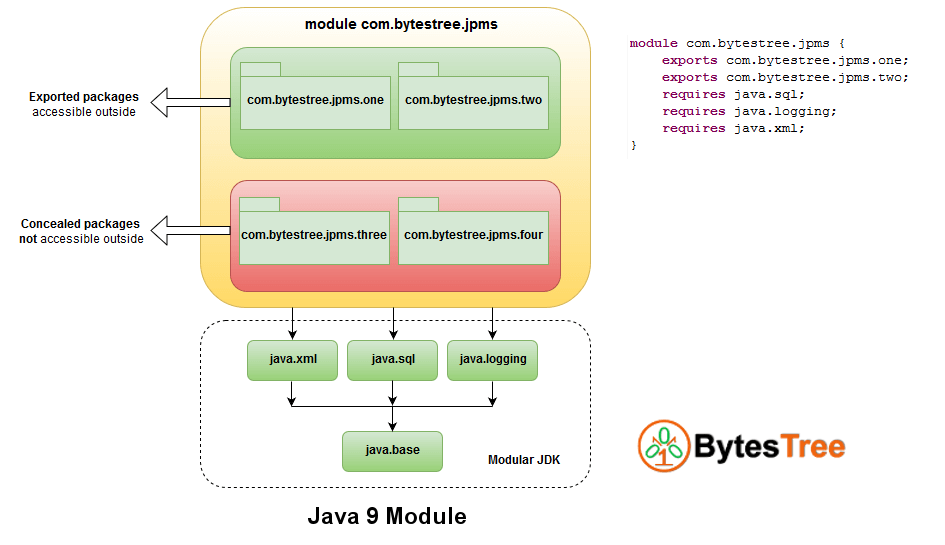



Java 9 Modules Tutorial Bytestree




Java 9 Module Example




Learn Java 9 Modules In 15 Minutes




Java Se 9 Develop And Test Implied Readability Between Modules With Intellij Ide Part 5 Journaldev
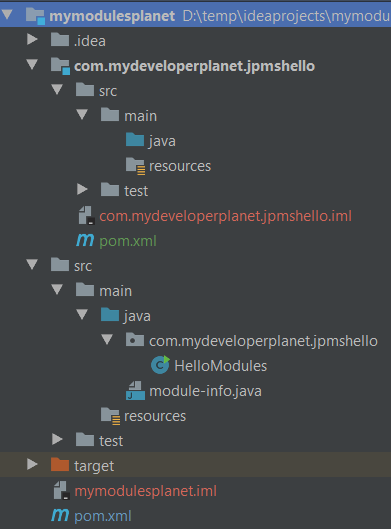



Java 9 Modules Part 2 Intellij And Maven Dzone Java
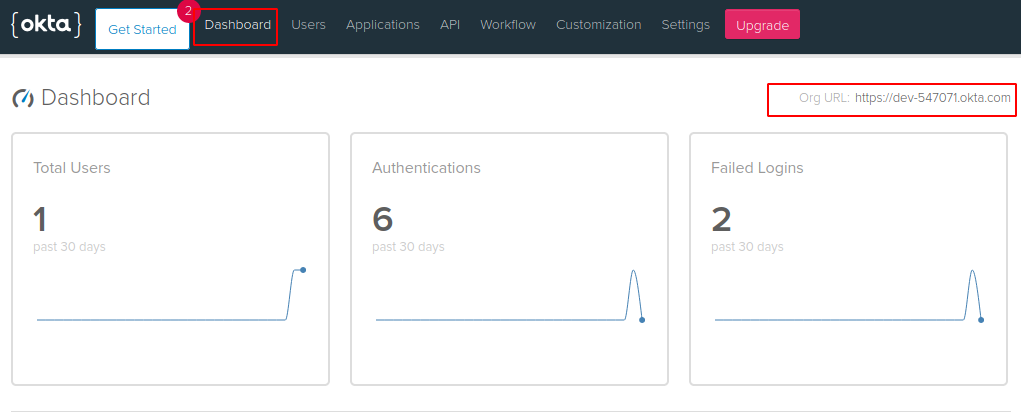



Build A Spring Boot Application Using Java Modules Okta Developer
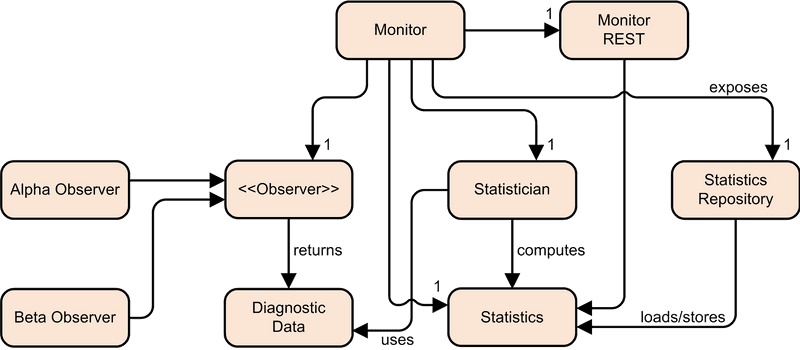



Code First Java Module System Tutorial Nipafx




Programming With Modularity And Project Jigsaw A Tutorial Using The Latest Early Access Build
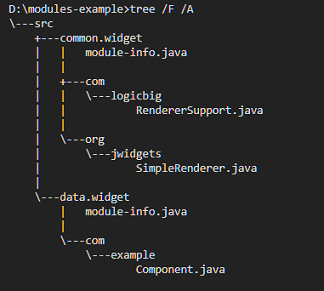



Java 9 Modules Quick Start Example
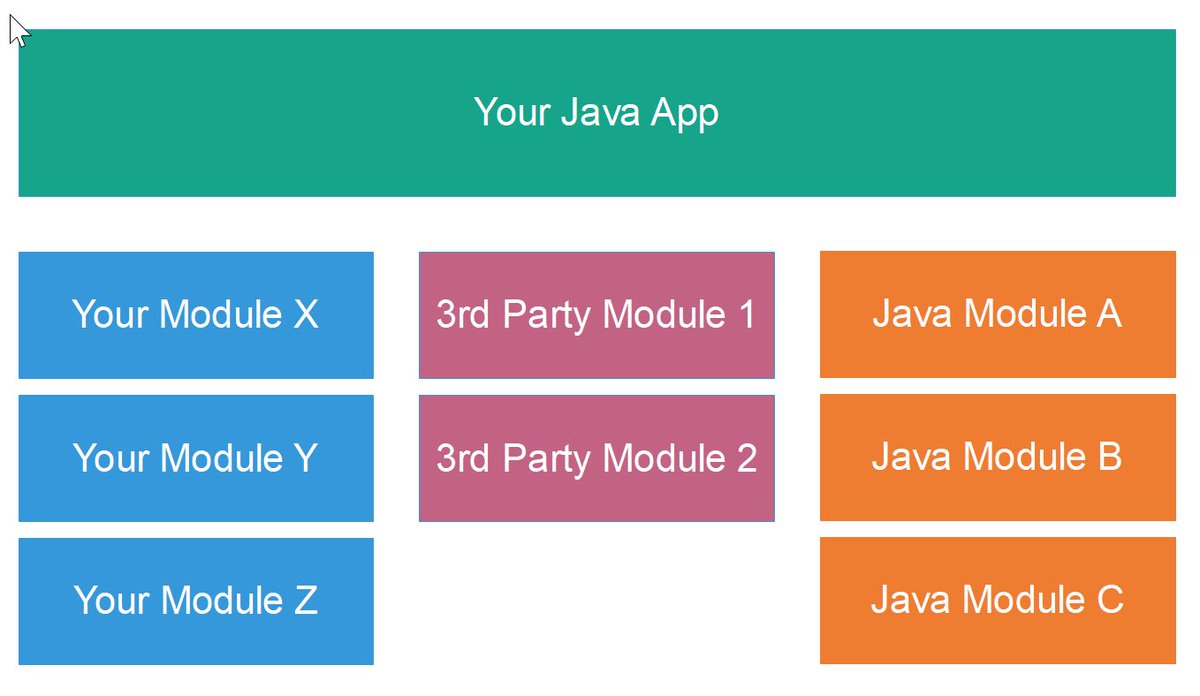



Jakob Jenkov Java 9 Modules Tutorial Java Modules Is The One Java 9 Feature All Java Developers Need To Learn Java Modules Were Added In Java 9 With The Java




Code First Java Module System Tutorial Nipafx
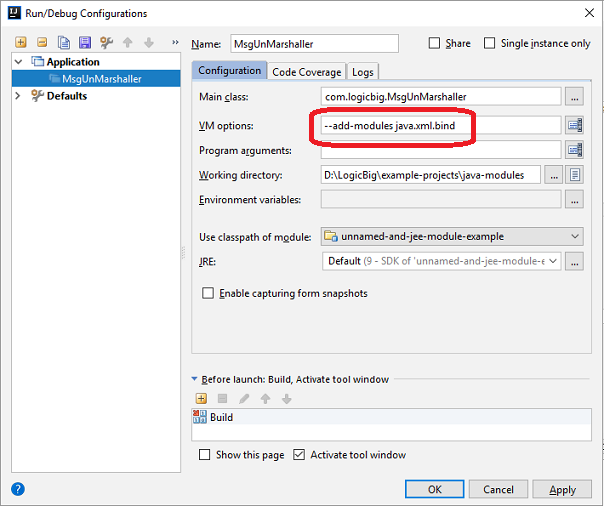



Java 9 Modules The Root Modules




Manning The Java Module System
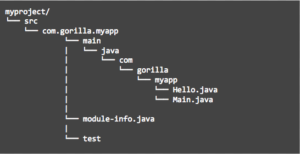



Understanding Java 9 Modules Gorilla Logic
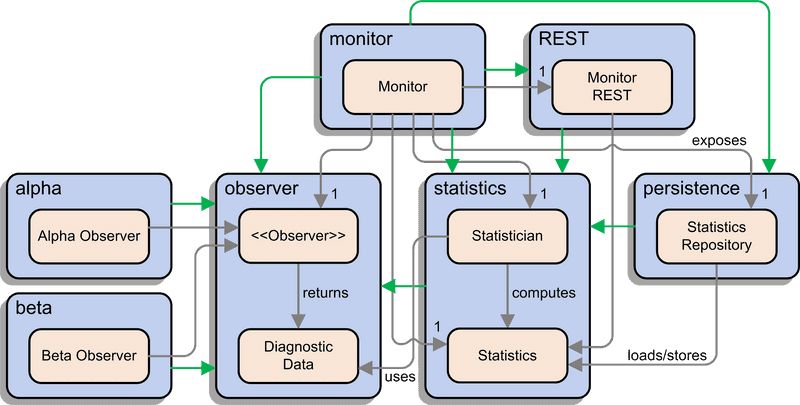



Code First Java Module System Tutorial Nipafx




Learn Java 9 Modules In 15 Minutes
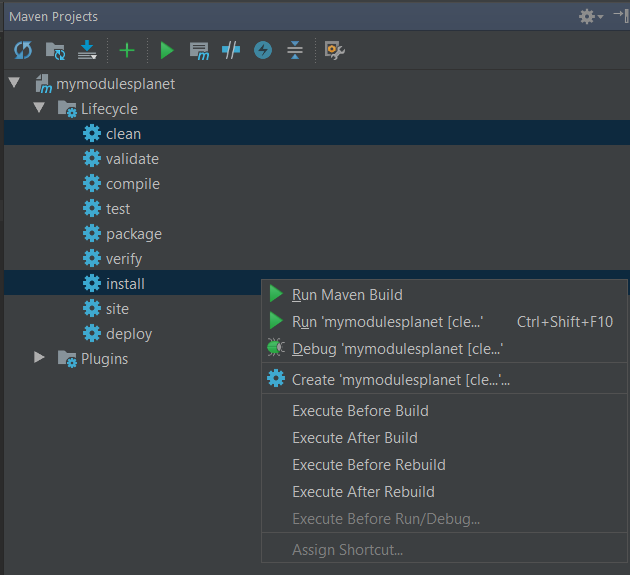



Java 9 Modules Part 2 Intellij And Maven Dzone Java
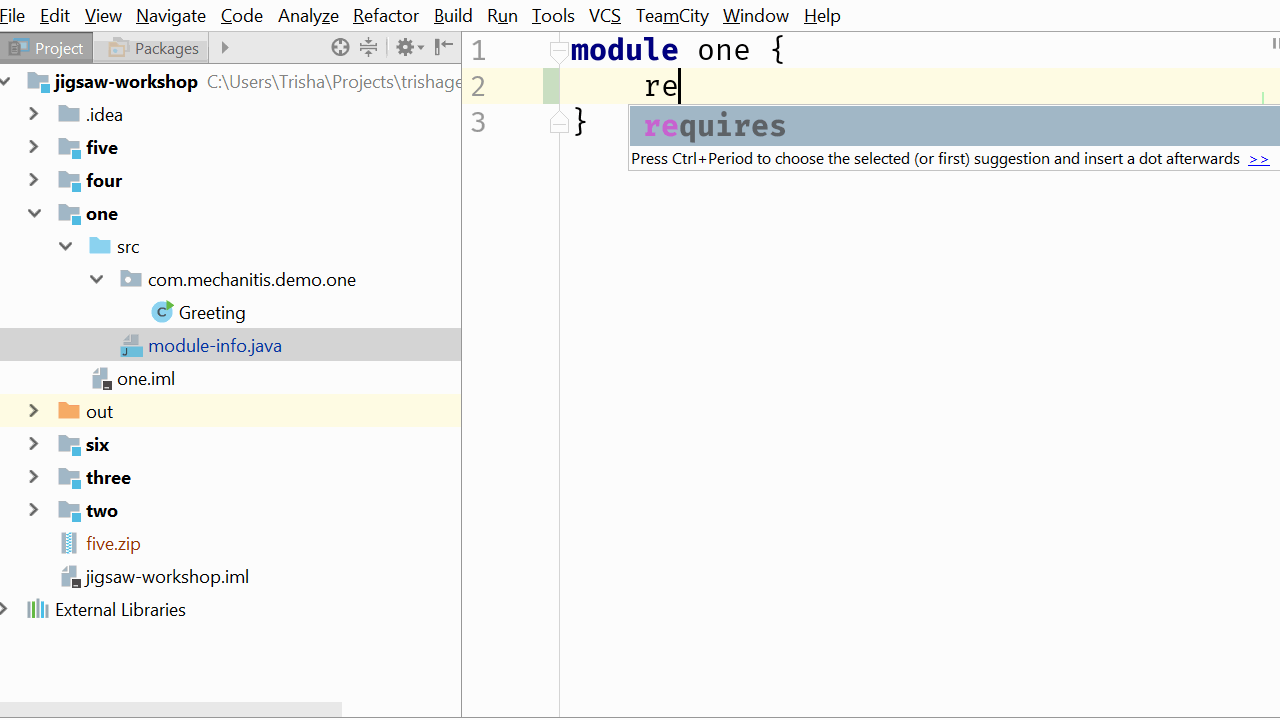



Java 9 And Intellij Idea The Intellij Idea Blog




Java Modules A Complete Guide Part 1 By Dv Singh Medium
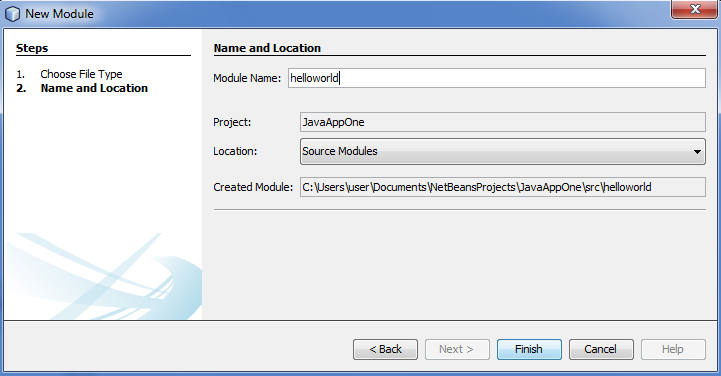



Java Modules Tutorial Howtodoinjava




Learn Java 9 Modules In 15 Minutes




Java Se 9 Module And Module Descriptor Basics Part 2 Journaldev




Support For Java 9 Modules In Intellij Idea 17 1 The Intellij Idea Blog




Osgi Blog Osgi With Java Modules All The Way Down



Howto Work With Java Platform Modules By Denis Makogon Medium
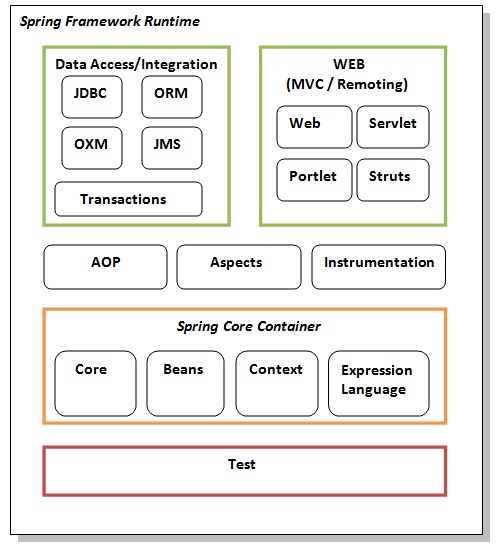



Spring Modules Tutorial Javatpoint
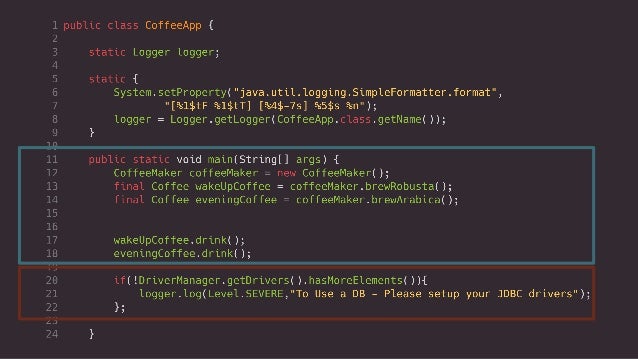



Java Modules
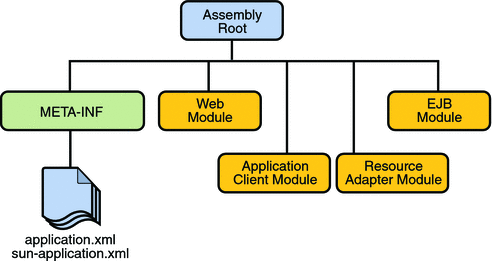



Packaging Applications The Java Ee 5 Tutorial




Programming With Modularity And Project Jigsaw A Tutorial Using The Latest Early Access Build




Java 9 Modules Tutorial Getting Started Novixys Software Dev Blog



Module Tutorial Alchemy
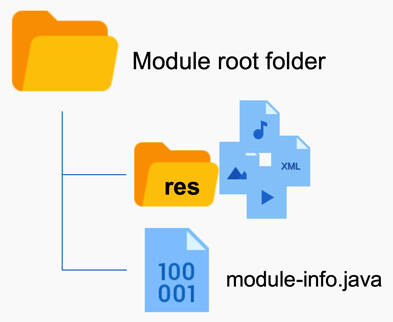



Java 9 Modularity The Difficulties And Pitfalls Of Migrating From Java 8 To Java 9 Ibm Developer




Netbeans Project Sample Module Tutorial




Creating A Simple Modular Application In Java 11 Tutorial Packt Hub




I Ytimg Com Vi Mzacznvkqvu Maxresdefault Jpg




Learn Java 9 Modules In 15 Minutes




The Java Platform Module System Jpms Youtube
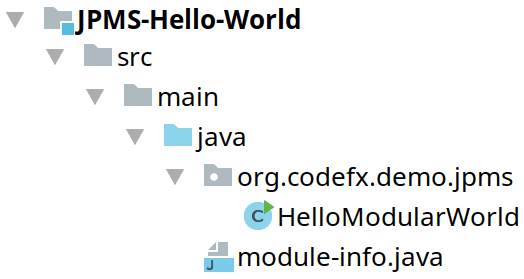



Code First Java Module System Tutorial Nipafx
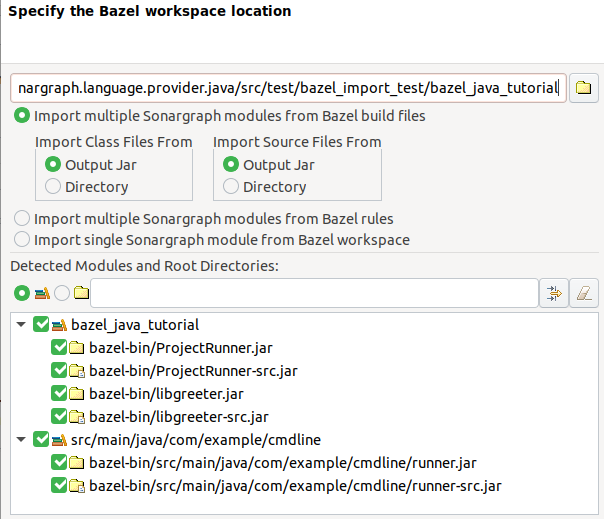



6 1 4 Importing Java Modules Using A Bazel Workspace




Packaging Applications The Java Ee 6 Tutorial




Github Goxr3plus Java9 Modules Tutorial Simple Module Optional Transitive Cyclic Qualified Exports Module Graph Observable Aggregator Package Naming Conflicts Module Resolution Process
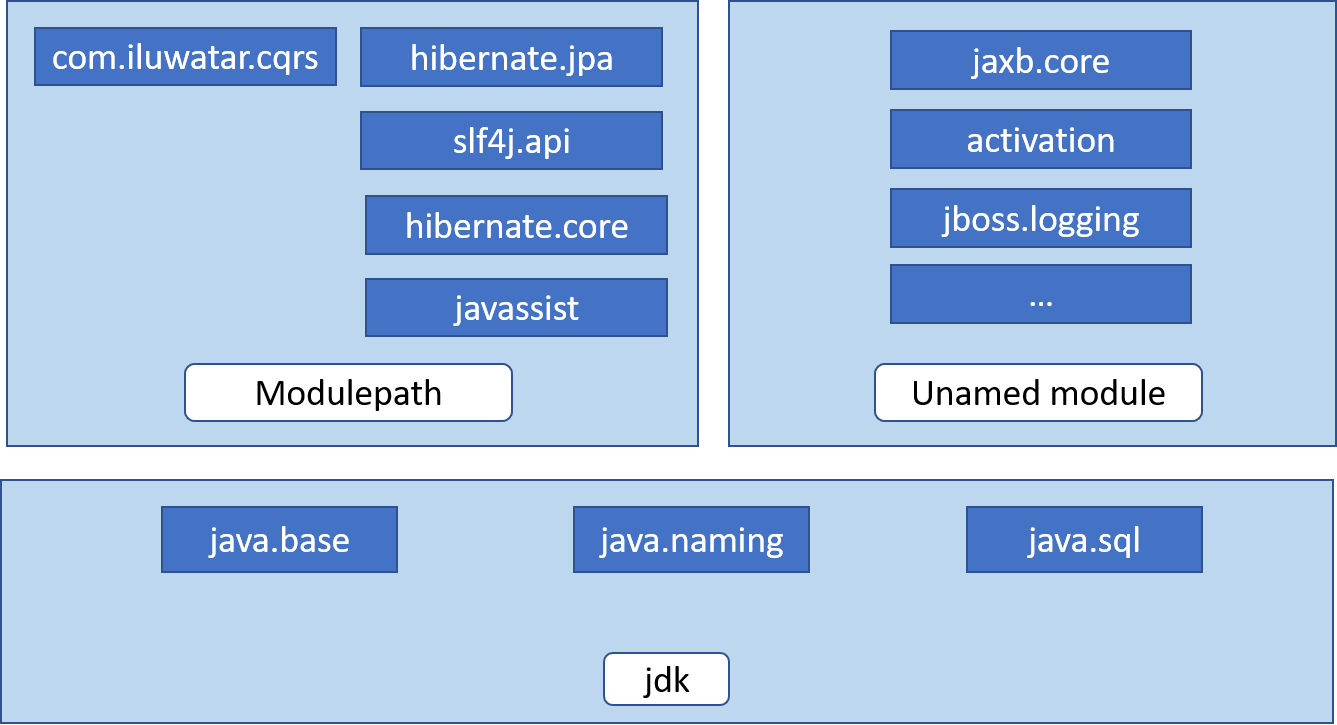



A Practical Guide To Java 9 Migration Dzone Java
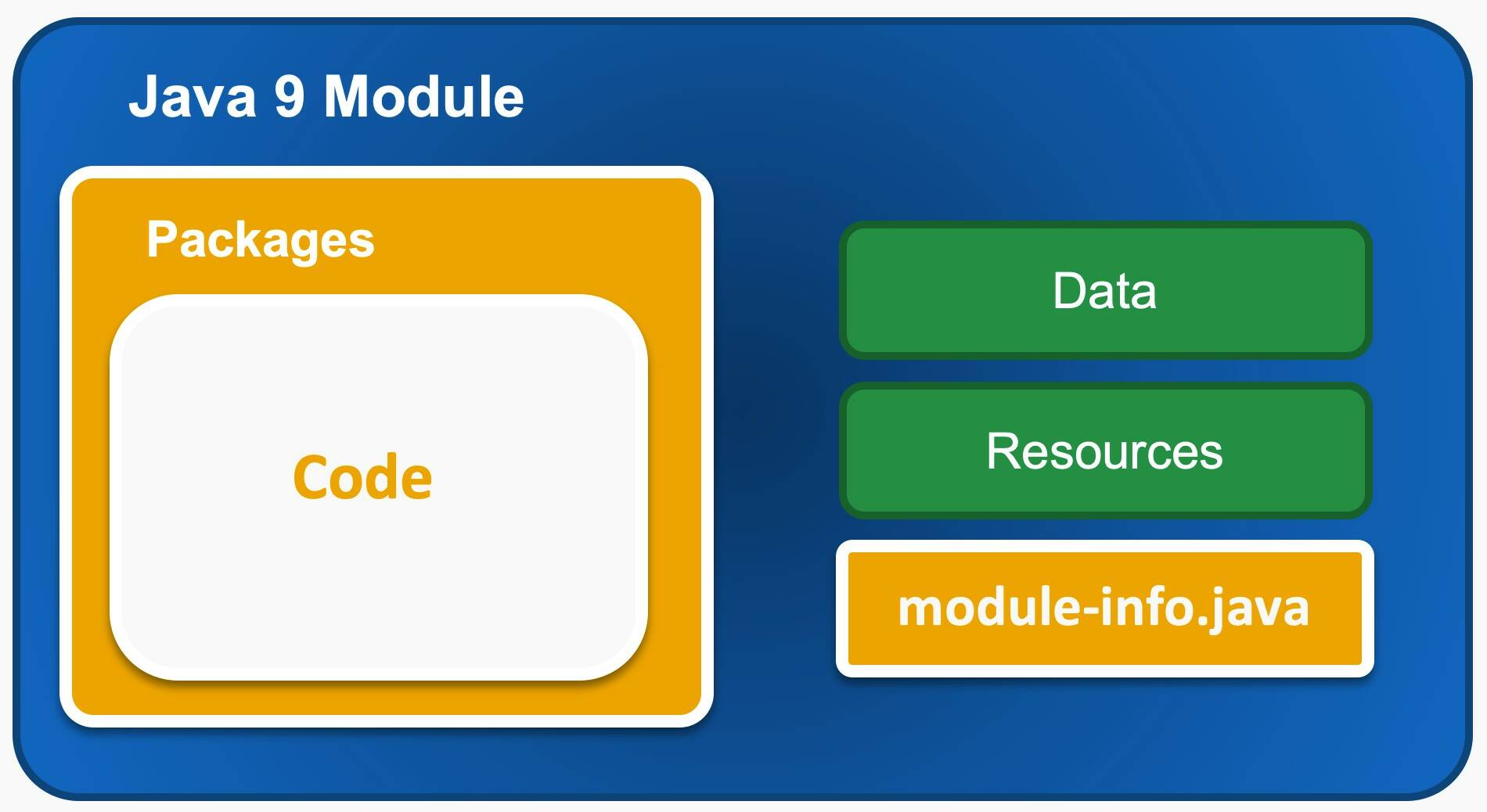



Java 9 Modularity Module Basics And Rules Ibm Developer
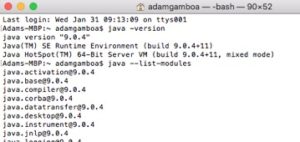



Understanding Java 9 Modules Gorilla Logic
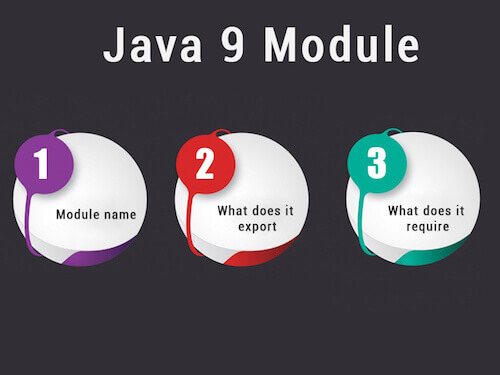



Java 9 Module System Javatpoint
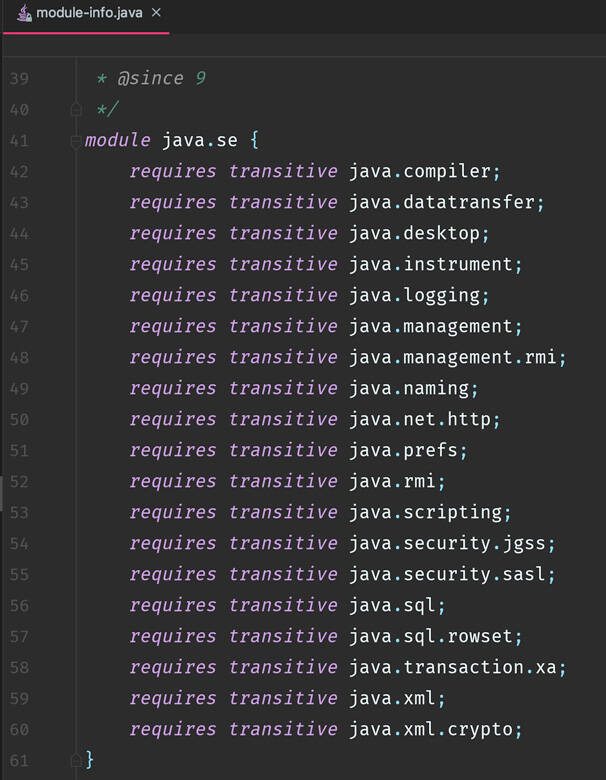



Java 9 Modularity The Difficulties And Pitfalls Of Migrating From Java 8 To Java 9 Ibm Developer




Java 9 Modules Tutorial Agile Actors Learning
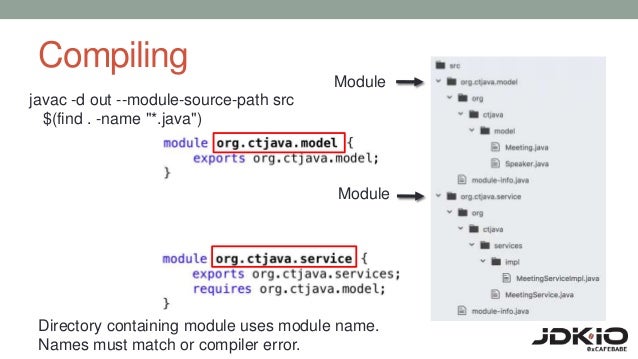



Preparing For Java 9 Modules Upload
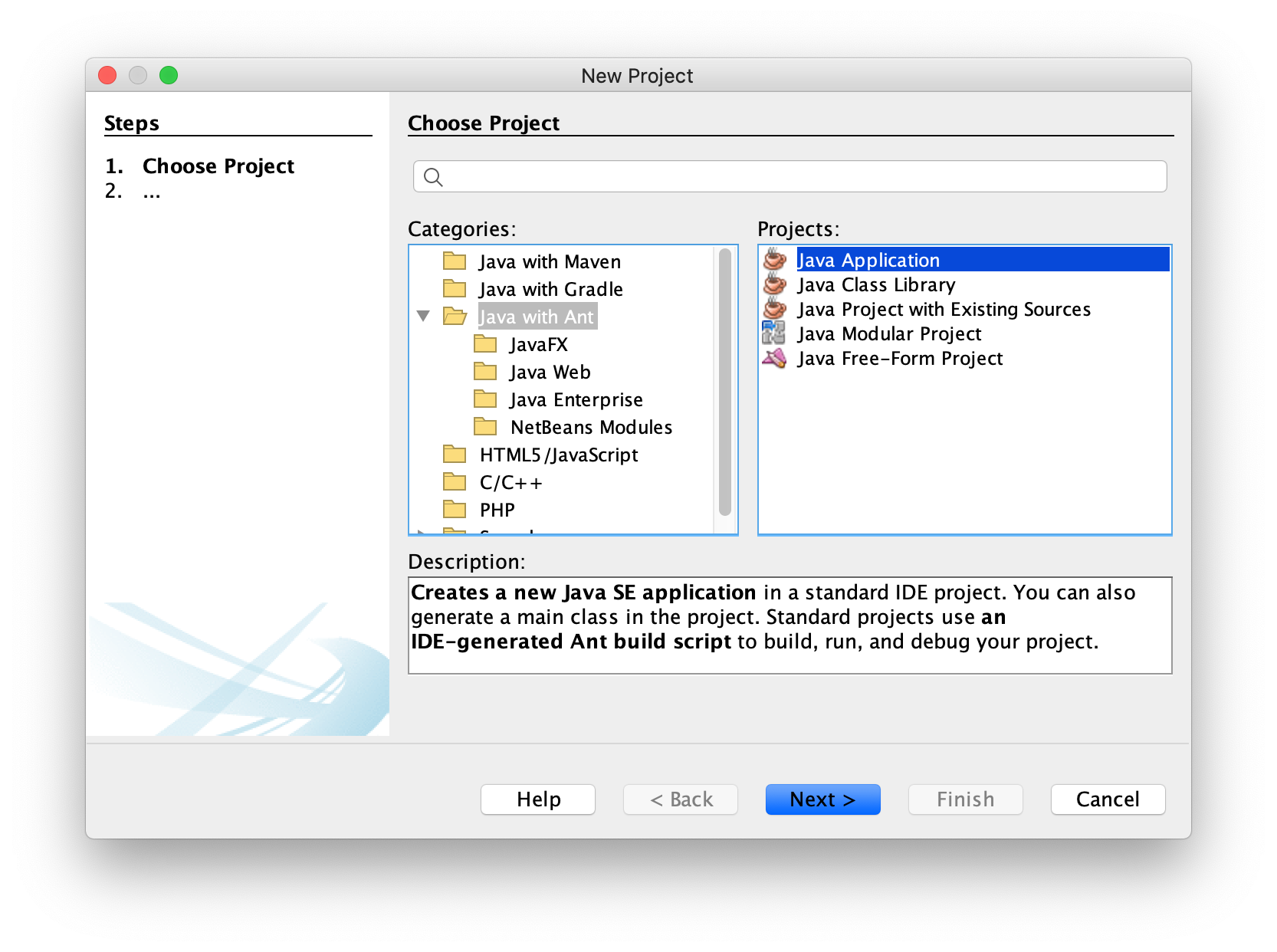



Getting Started With Javafx



Working With Multiple Modules In Eclipse Java 9 Modules Java Tutorials




Java 9 Modules Tutorial Agile Actors Learning




Java 9 Modules Tutorial Agile Actors Learning
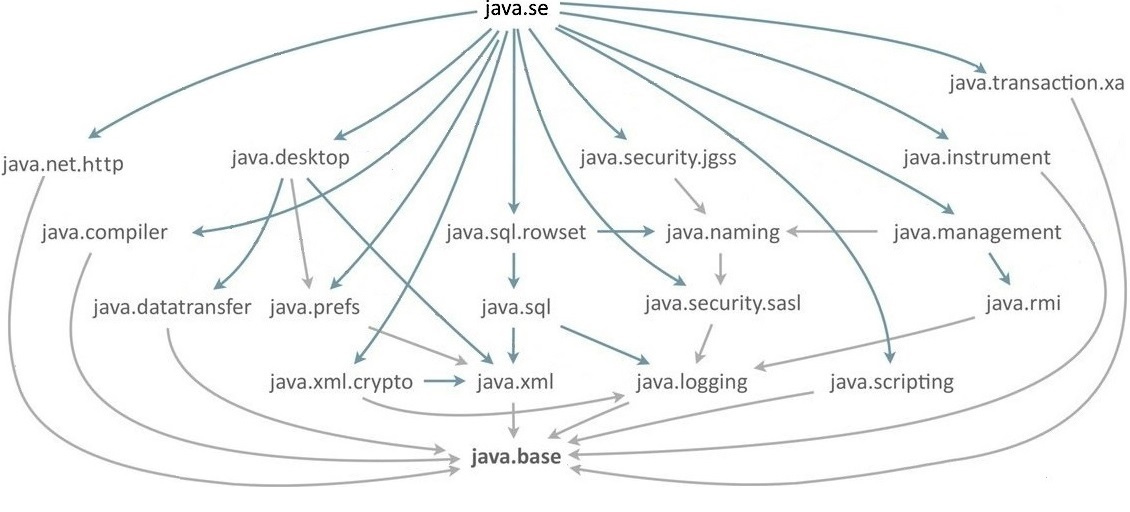



The Java Module System In Practice




Working With Multiple Modules In Eclipse Java 9 Modules Java Tutorials
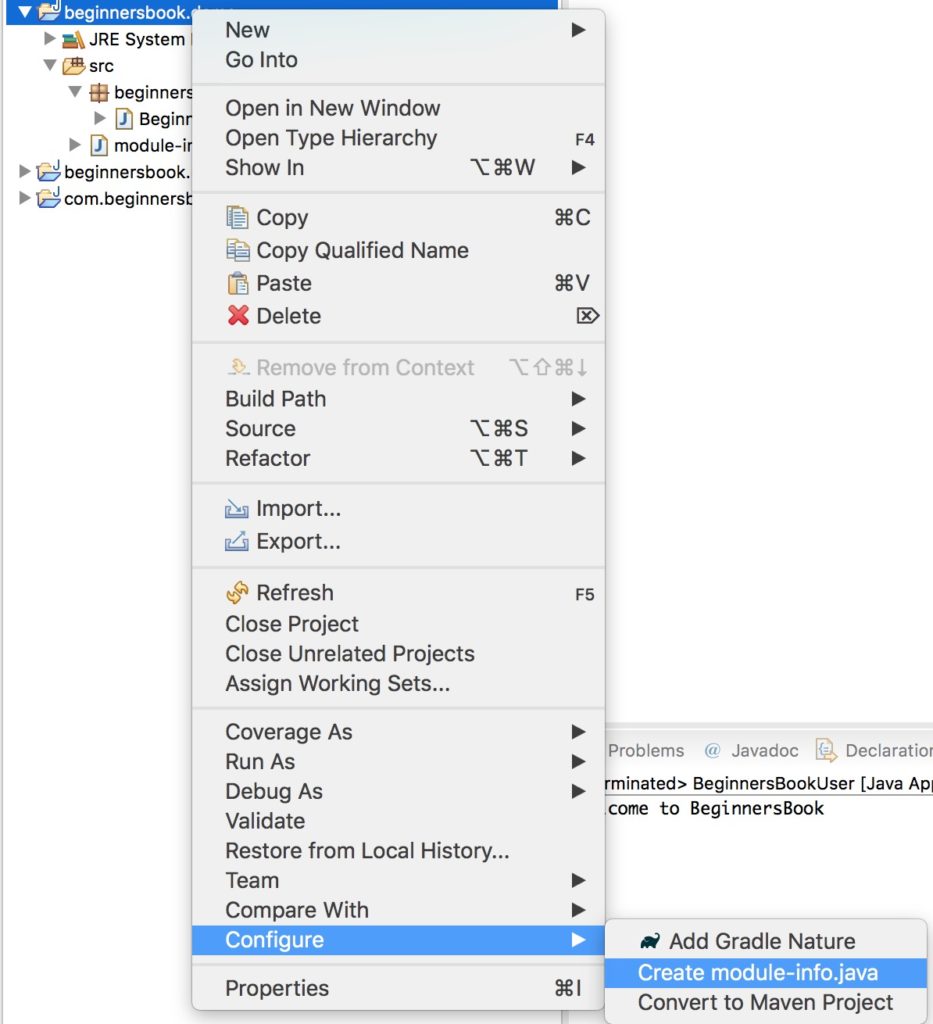



Learn Java 9 Modules In 15 Minutes



Working With Multiple Modules In Eclipse Java 9 Modules Java Tutorials




I Pinimg Com Originals 92 7e A3 927ea3a943b16fa
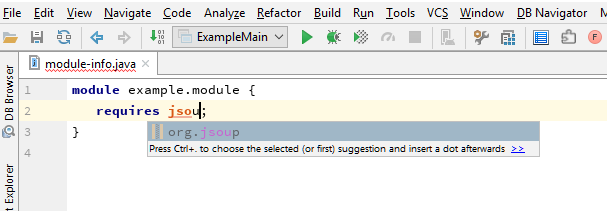



Java 9 Modules Developing Java 9 Modules With Apache Maven




Java 9 Module System Javatpoint



Q Tbn And9gcqgtmcakfz5euugigrapjonse17 Onep99rxgsoxsmrc Vlukms Usqp Cau
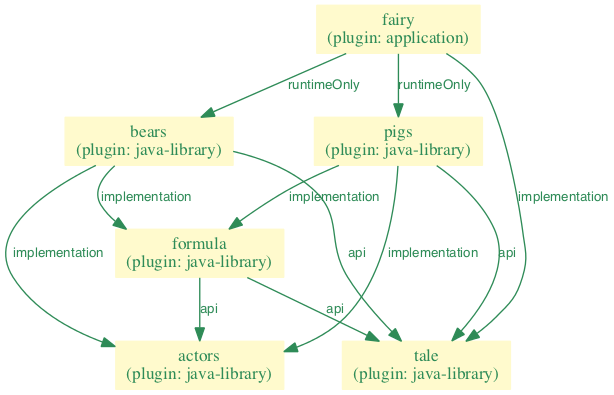



Top 5 Online Courses To Learn Java 9 Features In Depth By Javinpaul Javarevisited Medium




Pin On Java Web Session 8 Modular Programming In Java 9 Modules Tutorial Youtube



0 件のコメント:
コメントを投稿